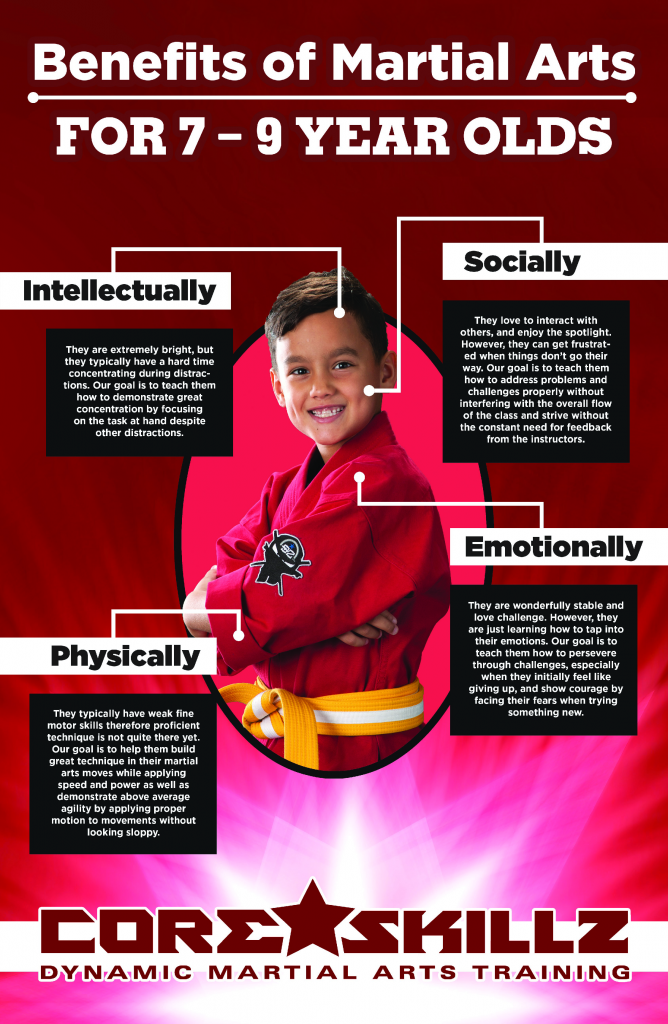The Development And Historic Context Of Martial Arts Worldwide
The Development And Historic Context Of Martial Arts Worldwide
Blog Article
Short Article Produced By-Chu TRUE
Martial arts have a fascinating background that covers centuries and continents. You might locate it fascinating exactly how old practices like Shuai Jiao and Kalaripayattu laid the groundwork for modern-day fight techniques. These self-controls not just highlight physical skills but also show the societies that birthed them. As you explore their advancement, think about just how globalization has transformed these conventional types into hybrid styles. What influences do you believe have formed today's martial arts landscape?
Ancient Martial arts: The Structures of Battle
As you look into the world of old martial arts, you'll discover the rich structures that shaped battle methods throughout cultures. Early techniques focused on Self-Defense and survival, commonly incorporating strikes, grappling, and weapons.
In relevant web-site , for example, techniques like Shuai Jiao highlighted throws and joint locks, while India's Kalaripayattu showcased dexterity and fluid movement. Japanese samurai created Kenjutsu, a refined swordsmanship that highlighted discipline and approach.
These martial arts served not just for battle yet additionally as a means of individual advancement, instilling values like regard and willpower. The blending of these strategies with time prepared for the diverse martial arts you see today, each showing the unique philosophies and demands of its society.
The Social Influence on Martial Arts Advancement
While martial arts frequently show the functional requirements of a culture, they additionally embody the social worths and ideas of their origins. When you discover different martial arts, you'll observe just how they're affected by religion, approach, and social norms.
For instance, the emphasis on regard and technique in Japanese martial arts comes from Zen Buddhism and samurai culture. In contrast, Brazilian Jiu-Jitsu advertises flexibility and method, formed by the demand for effectiveness in a diverse, modern setting.
You could find that the rituals, uniforms, and training methods reflect a neighborhood's background and identification. By understanding these cultural impacts, you grow your admiration of martial arts and their duty fit human experiences around the world.
Modern Adaptations and the Globalization of Martial arts
Martial arts have changed significantly in current decades, adapting to contemporary society and global impacts. You'll discover that traditional kinds have mixed with contemporary techniques, creating hybrid styles like mixed martial arts. These adaptations accommodate varied target markets, making martial arts easily accessible and attractive globally.
With the increase of social media sites and electronic platforms, you can find tutorials and competitors from all corners of the world, damaging geographical barriers. This globalization has actually led to a shared appreciation for numerous self-controls, from Brazilian Jiu-Jitsu to Taekwondo.
As you engage with these arts, you'll realize they're not nearly fight; they promote fitness, self-control, and mental health.
Eventually, modern-day adaptations have actually improved the martial arts landscape, making it a dynamic and progressing technique.
Verdict
In exploring the history and evolution of martial arts, you discover an interesting blend of strategies, cultures, and philosophies. From old disciplines like Shuai Jiao and Kalaripayattu to the modern flexibility seen in MMA, martial arts show mankind's mission for Self-Defense and personal development. As you engage with these practices, you not just gain abilities but likewise a much deeper admiration for the diverse practices that shape our globe today. So, continue all-attribute martial arts and accept the art of battle!
